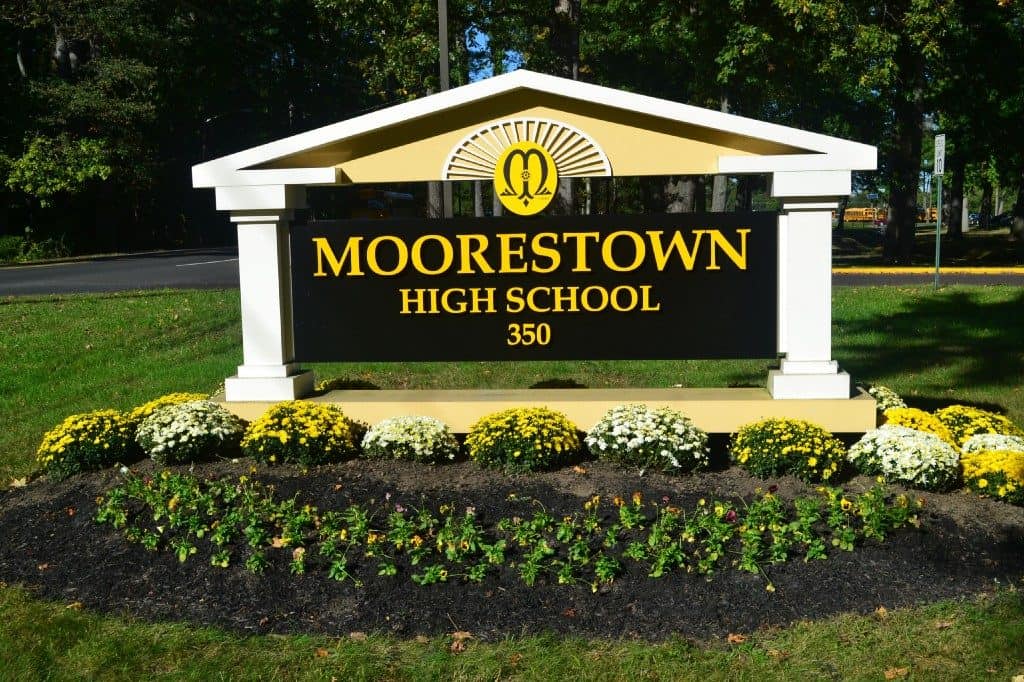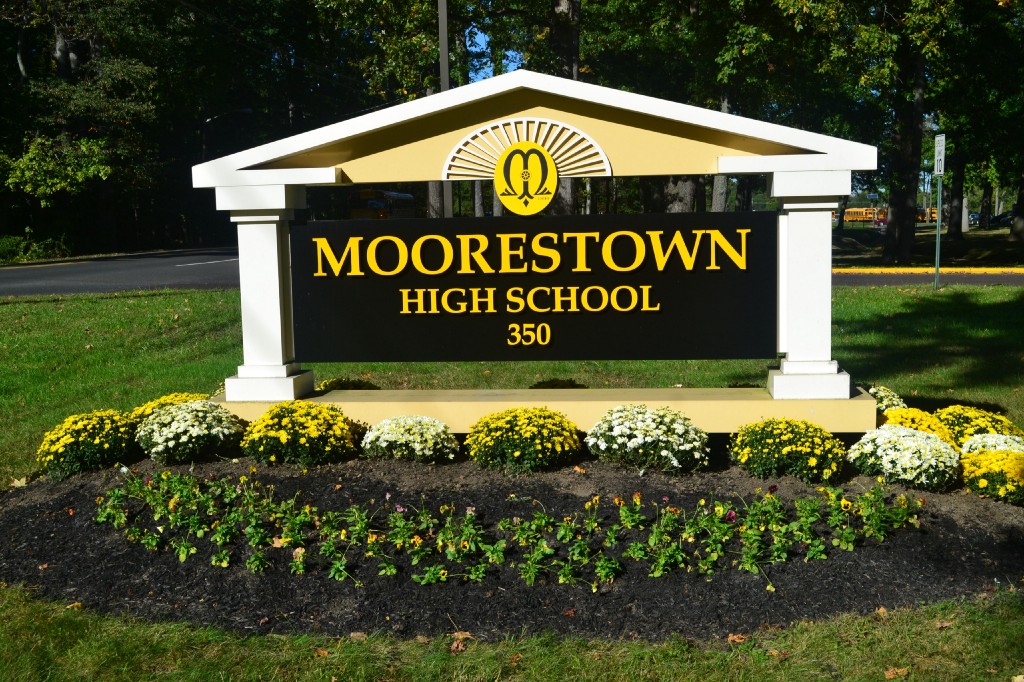
The 2017–2018 school year is about making these smaller scale changes now that will contribute to larger scale changes in the future, according to superintendent Scott McCartney.

Scott McCartney, superintendent of the Moorestown School District, compares change within the district to reframing a picture.
“The picture that is Moorestown is beautiful, and now we’re looking to sort of reframe what that is and sort of change perspectives on smaller scales to not throw away the beauty that has already been created but rather to enhance it,” McCartney said.
The 2017–2018 school year is about making these smaller scale changes now that will contribute to larger scale changes in the future, McCartney said. The first day of school is on Tuesday, Sept. 5, and it brings updates to curriculum, infrastructure and an emphasis on students’ emotional wellness.
McCartney said this year marks a shift in district-wide innovation. Last year, the emphasis was on how to get technology into the classrooms. Through the district’s one-to-one initiative, every student in sixth through 12th grade is assigned a laptop for school use they can also take home with them each day.
This year, the district will focus on how to utilize that technology within the curriculum. McCartney said many of students’ textbooks feature a digital component, and they are also working on professional development so staff can understand how to utilize technology to become more effective teachers to 21st century learners.
“What does technology look like five years from now?” McCartney asked. “Lots of research says that the jobs our kindergarteners are going to have don’t exist yet. How do you prepare students for something nebulous? And, the simple answer to that is you teach them how to think.”
In focusing on innovation, the district has entered into an evaluation process to try to earn a designation as a “Future Ready School.” To earn the designation, the district must demonstrate it is using technology and digital tools to support students’ learning.
McCartney said the evaluation has given them an opportunity to take a look at how the district is utilizing technology. He said the district would be happy to bring some recognition to Moorestown by earning the designation, but even if they don’t, he said the “Future Ready” criteria has given the district a tool to assess where and how it can improve.
In terms of physical changes to the schools, McCartney said the construction that has taken place over the summer has centered around improving the efficiency and efficacy of how the schools operate. The path of traffic to get into the William Allen Middle School campus has changed, and McCartney is encouraging parents to consult the district’s website, www.mtps.com, prior to the start of school for a diagram depicting how traffic will flow this year.
“We’re in the third year of our construction and renovation referendum that was passed by the community,” McCartney said. “Some of the last pieces of that was replacing asphalt, concrete and walkways.”
In addition, approximately $800,000 in upgrades were made to Moorestown High School, William Allen Middle School and Upper Elementary School auditoriums to improve sound, lighting, equipment and staging. This summer was “really just wrapping up a lot of bigger picture things” including air conditioning, roofs and boiler replacements, McCartney said.
In line with looking at the bigger picture, McCartney said the district has talked about the potential for redistricting. He said class sizes in general education have grown. Some elementary classes have between 24 and 25 students, but the ideal class size is between 18 and 20 students, McCartney said.
“When you start to look at class size, it only makes sense to look at your district lines to see if there’s balance,” McCartney said.
McCartney said this year the district is also taking a closer look at students’ emotional well-being, and it will be surveying students to collect data on their stress factors.
“We became so fixated on results and tests and high stakes accountability processes that we’ve created a set of circumstances where our kids are stressed not having time to rest to enjoy other factors in life,” McCartney said.
The hope is the survey will give them some baseline information when trying to figure out how to help balance giving students an academically rigorous education with ensuring students have coping skills, McCartney said.
With just a few days left until the start of school, McCartney said he is eager to get started on the work ahead.
“I start to miss having the noise of kids and everybody here in school,” McCartney said. “I’m energized by the things our kids do.”
To view the news WAMS traffic pattern, visit http://www.mtps.com/









